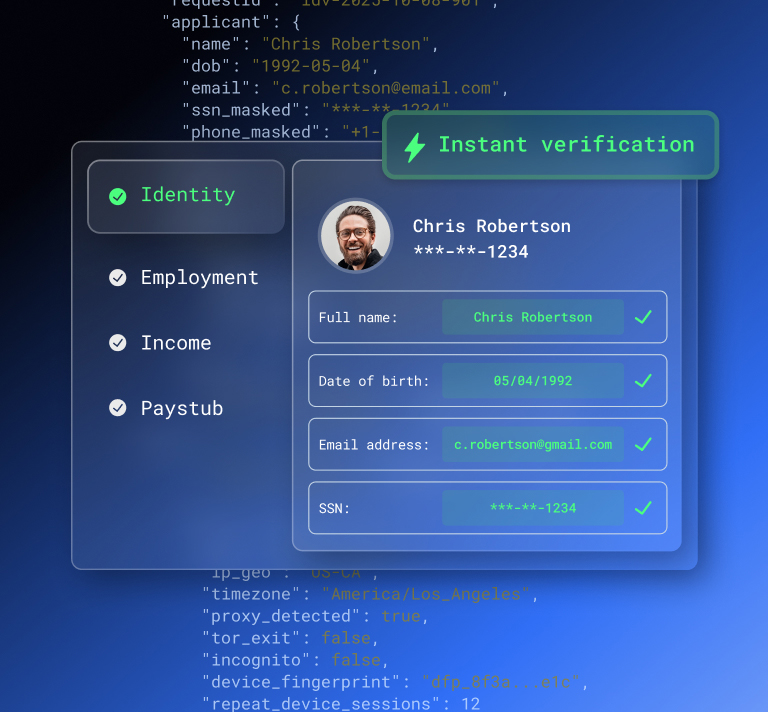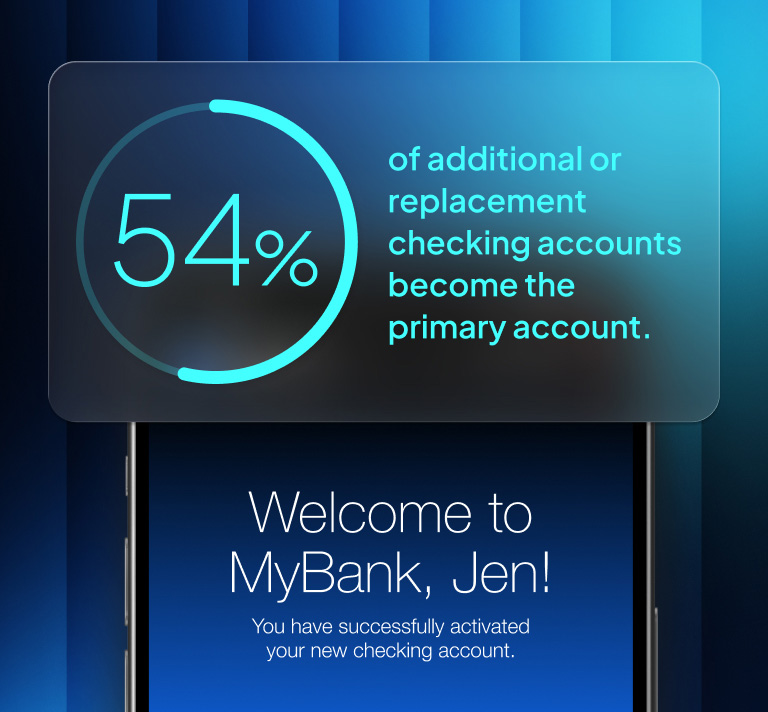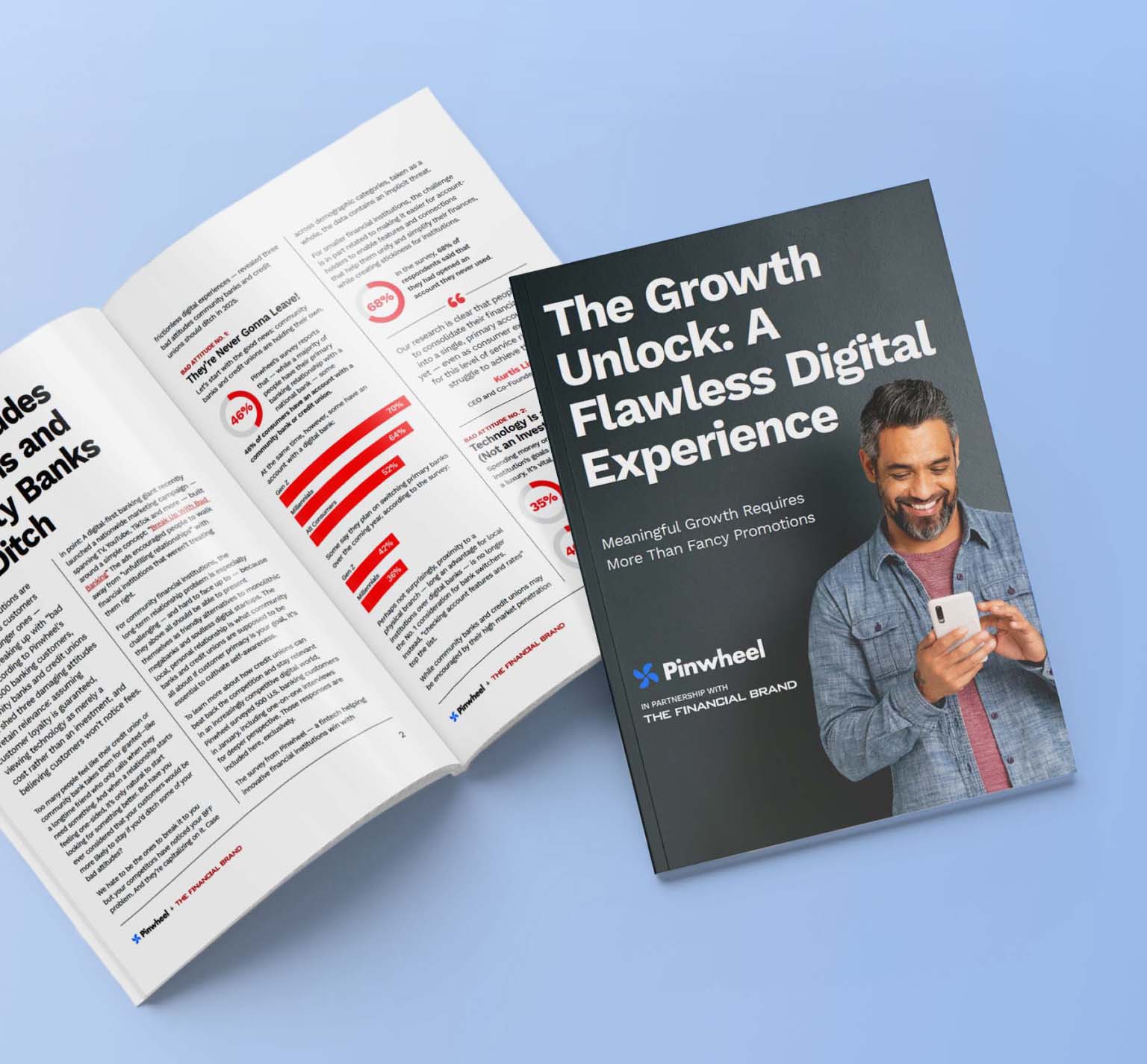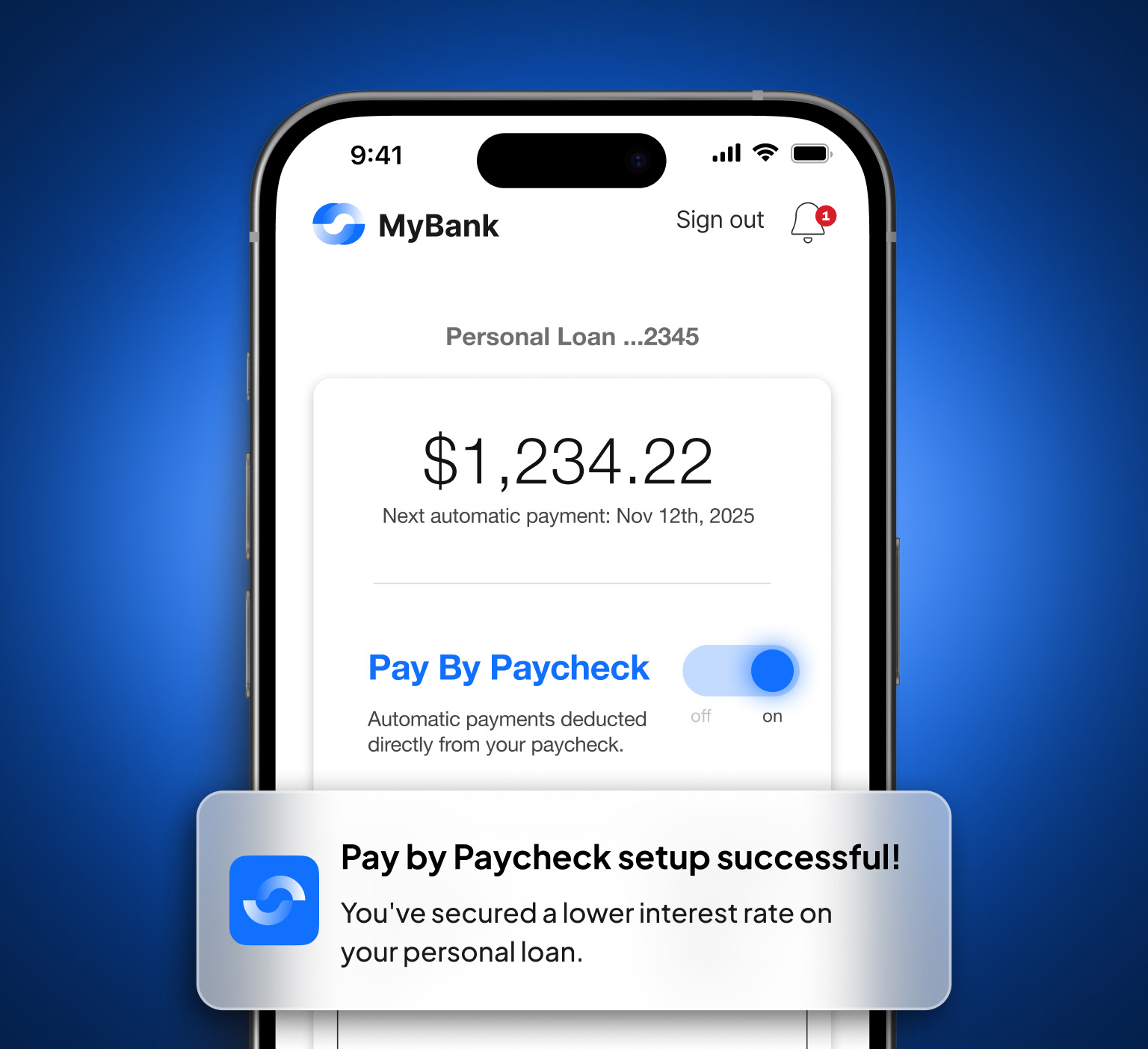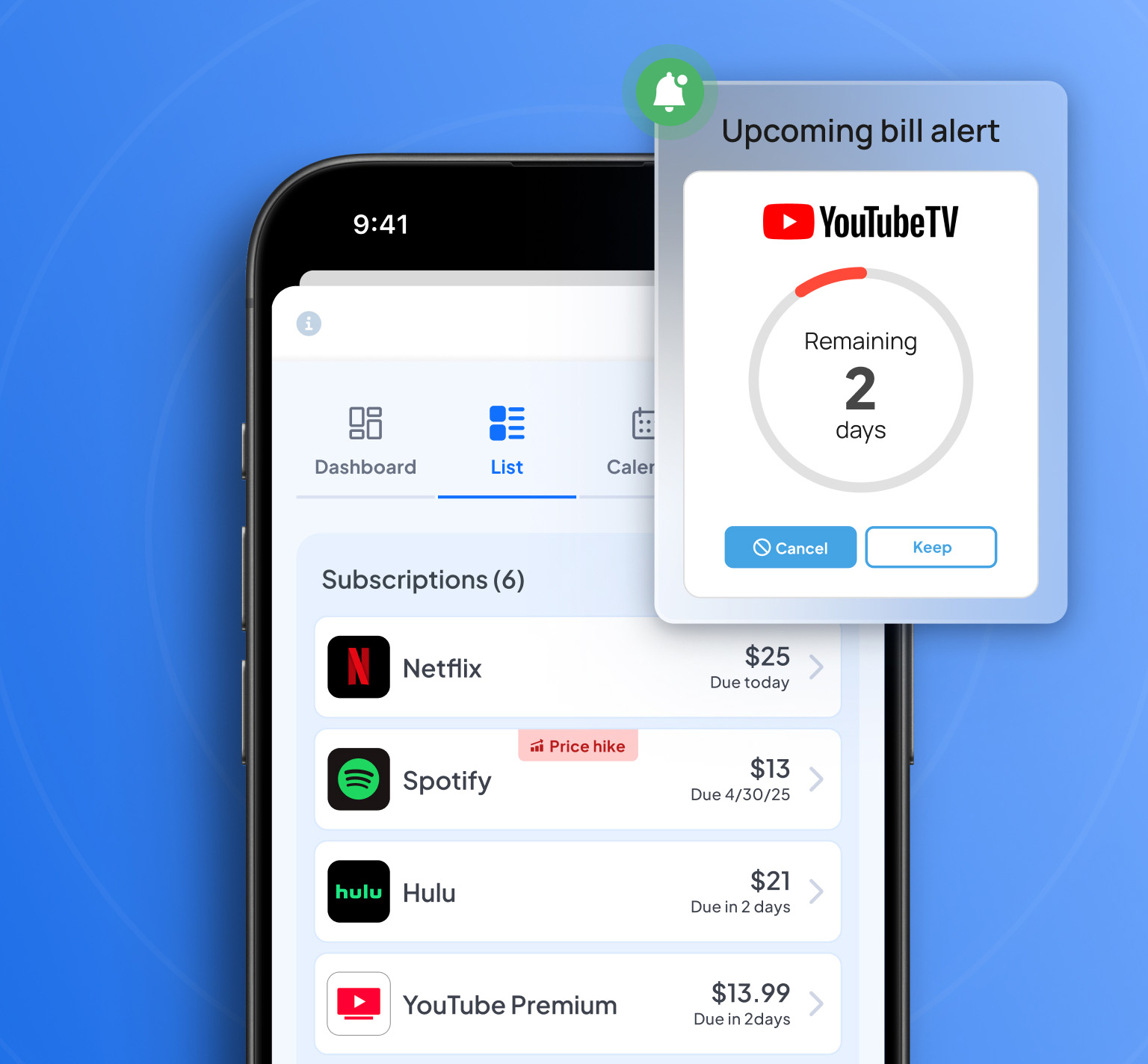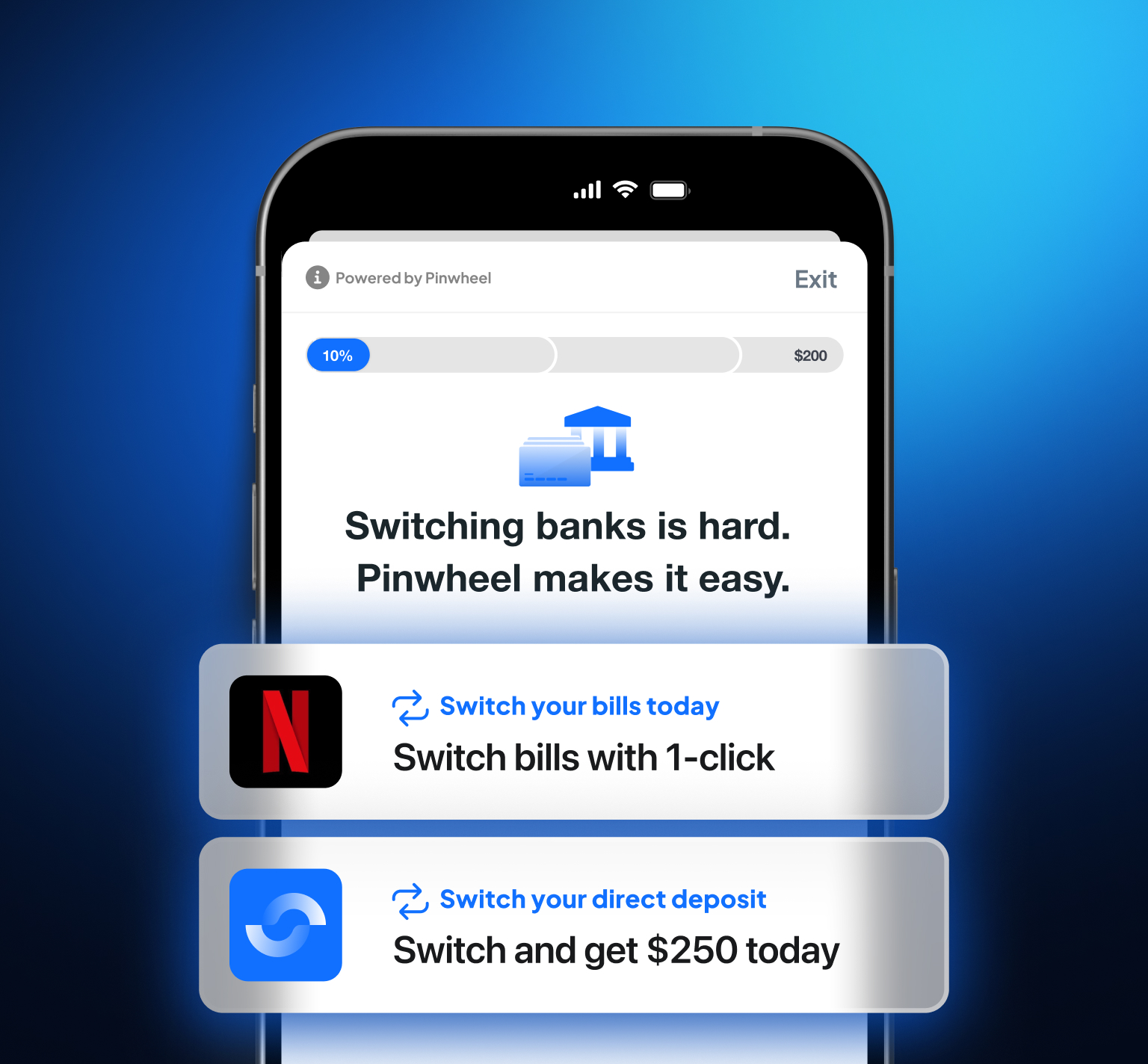Personal loan and credit card delinquencies are expected to hit their highest rates in 13 years, according to recent projections. By the end of 2023, delinquency rates for credit cards could increase to 2.6% and to 4.3% for unsecured personal loans — a consequence of financial challenges such as high inflation and rising interest rates.
For lenders, the economic downturn puts forward the need to develop credit risk models that can more accurately predict which customers are likely to default. Real-time consumer-permissioned data, like income and employment, help achieve this by supplementing the data in the customer’s credit file.
For example, access to a customer’s historical and recent pay stubs enables lenders to paint a more holistic picture of the customer’s financial situation.
With an improved understanding of the consumer, including their earnings, creditors are able to brace for 2023 with improved risk models and lower default risk for new and existing borrowers.
Enrich loan underwriting models with alternative credit data
Income, utility payments, bank transaction data, and more all fall under the umbrella of alternative credit data.
It’s called alternative data because it’s not part of the standard credit report, which typically includes information about credit accounts, number of credit inquiries, bankruptcies, etc.
In other words, alternative consumer-permissioned data provides valuable information that’s missing from credit reports. Around eight in 10 US consumers are willing to share their payroll and income data with financial service providers, illustrating the immense opportunity in using alternative data. It allows lenders to enrich their underwriting models and reduce risk in an uncertain economy.
“It is important to prudently balance extension of credit to customers who will continue to have the capacity to repay, while limiting it to those who will be vulnerable in a recessionary environment,” explains the Chief Risk Officer for Rewards Credit Cards at Citibank, Sundeep Yerapotina. Alternative data accomplishes this by providing creditors with more information on a person’s creditworthiness, improving the balancing act between extending and limiting credit access.
Relying only on the credit score to determine the risk of default also means lenders lose out on borrowers who are better candidates than their credit profile would indicate. People with a good ability to repay don’t always have a prime or super-prime profile. In some cases, excellent candidates have a thin or non-existent credit file, and the lack of data has traditionally made these customers risky to lend to. Insights into the person’s income, however, help lenders extend credit to this group by facilitating a holistic default risk assessment.
Real-time income and employment data also support proactive remediation plans. For example, if a customer loses their job or goes from full-time to part-time employment, the lender would be notified. Then they could provide the customer with an alternative repayment plan that takes into account their current needs. According to Pinwheel research, 63% of consumers are interested in proactive remediation plans using their income data.
Monitor income and employment in real time
Credit scores typically update once a month, with the exact frequency depending on when a creditor forwards information about the consumer to the credit bureau. But consumer-permissioned data, such as income and employment, can be accessible in real time. With this data, lenders are able to respond to changes to the customer’s employment that could affect their ability to repay before they miss a repayment.
Monitoring income and employment data also allows lenders to provide customers with tools to keep their repayments on track, which will prevent delinquency from damaging their credit scores. This benefit is not lost on the majority of US workers (63%) who say they are interested in proactive loan repayment plan recommendations if their income were to suddenly decrease.
Improve fraud detection
Better fraud detection is critical for reducing default risk and lowering financial losses, now amounting to $4.23 per dollar lost to fraud. Credit card and loan or lease fraud are among the top five most common types of identity fraud today, ranging from income misrepresentation to using synthetic identities to obtain a loan that will never be paid back.
Consumer-permissioned income and employment data minimizes the risk of fraud by connecting lenders to source-of-truth systems, such as payroll. Connecting to an applicant’s payroll data via an API allows creditors to verify the person’s income and identity (with their full name, date of birth, and Social Security number).
In the case of income fraud, the risk of which increased by 27.3% in 2022, payroll connectivity provides a solution by granting lenders access to verified paystubs. It also prevents applicants from using a synthetic identity, as they need to log in to their actual payroll platform to permit the API to retrieve their data.
Synthetic account fraud makes up 10-15% of charge-offs in unsecured lending portfolios, according to McKinsey. What makes synthetic fraud so difficult to detect is the extent to which fraudsters go, investing months in building a good credit profile to maximize their access to credit. API-powered access to additional applicant data supports lenders in distinguishing real people from fraudsters and reducing the losses associated with their accounts.
Reduce default risk with Pinwheel Verify, Earnings Stream, and Deposit Switch
Verified, real-time data allows creditors to create a more accurate risk assessment model and better manage economic uncertainty and various attempts at fraud.
Pinwheel works with leading fintechs and financial institutions to provide consumer-permissioned access to identity, income, and employment data. Our payroll connectivity API covers over 1,700 payroll platforms, spanning 80% of US workers, which includes full-time employees and gig economy workers. In just seconds, a borrower can log into their payroll account and grant access to all the information a creditor needs to validate their identity and income.
Verify is our income and employment verification solution that delivers insights into a person’s salary or wage with comprehensive pay data that includes taxes and deductions. For hourly workers, it also provides detailed shift data.
With Earnings Stream, financial service providers gain insights into a customer’s past, present, and future earnings that they can use for more than default risk management. Earned wage access, cash flow underwriting, and automatic credit line management are all possible with Earnings Stream. Both Verify and Earnings Stream also allow real-time monitoring of income and employment data for proactive default risk management.
Finally, borrowers can easily link loan repayments to their paychecks using Deposit Switch, which adds another layer of default risk prevention. Deposit Switch ensures repayments are made automatically as soon as the borrower gets paid.
Contact us to learn more about managing default risk with Pinwheel products.



.svg)
.svg)





